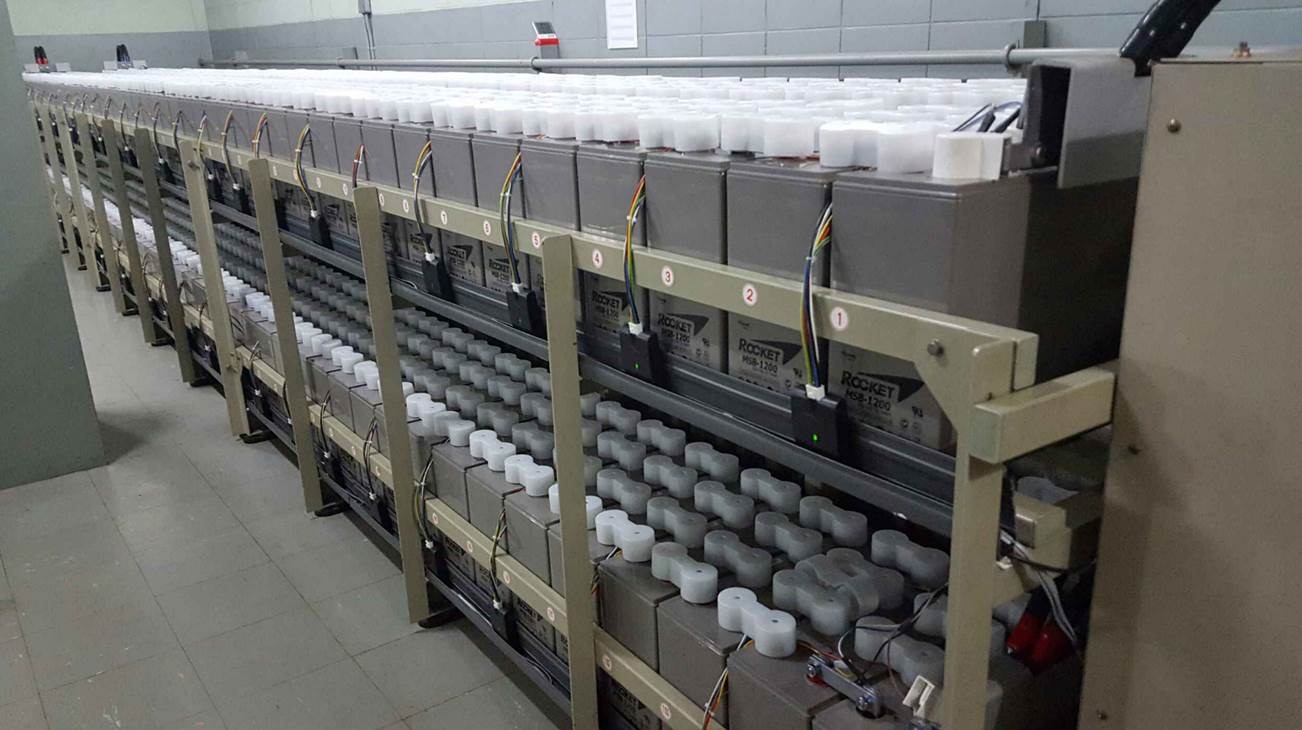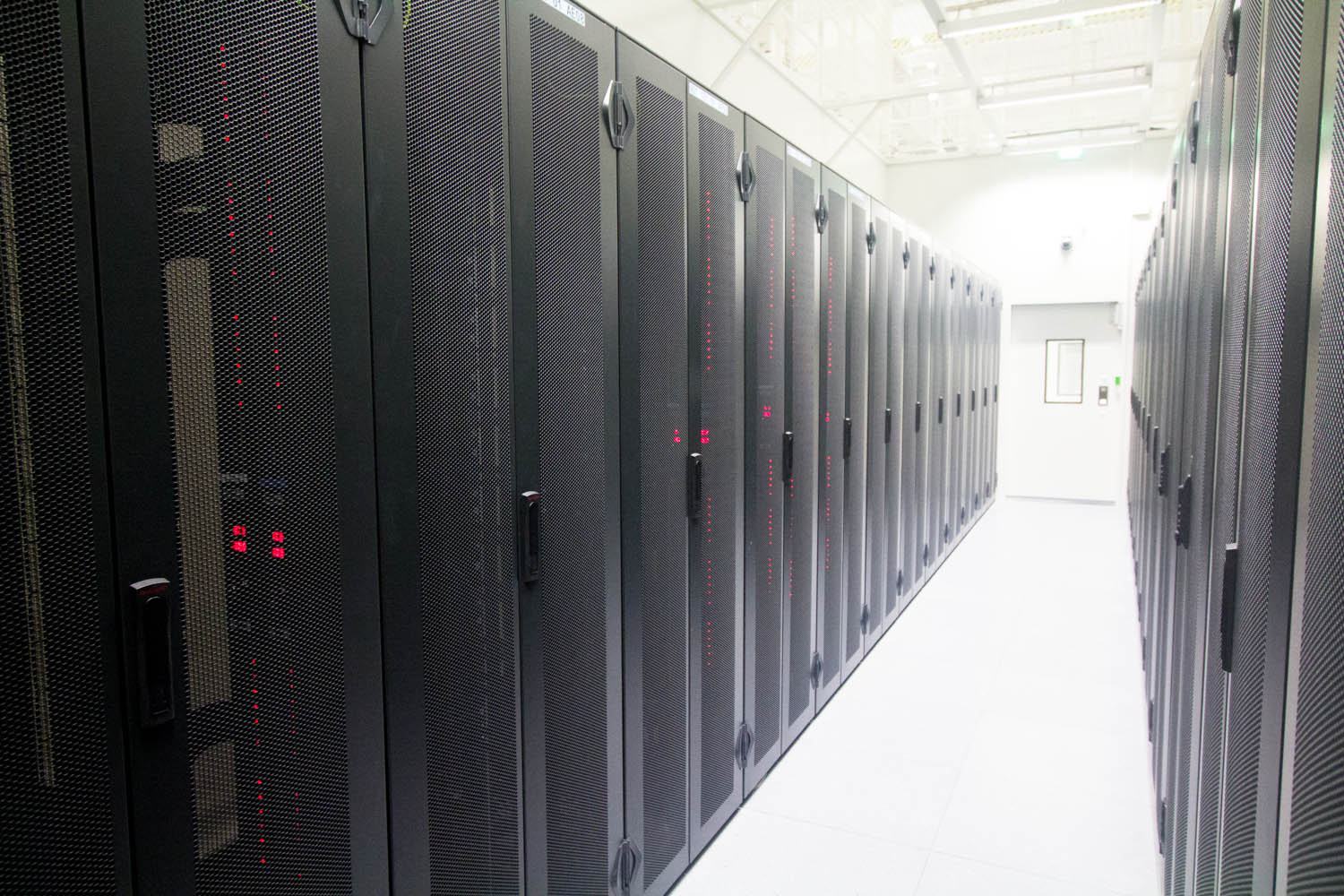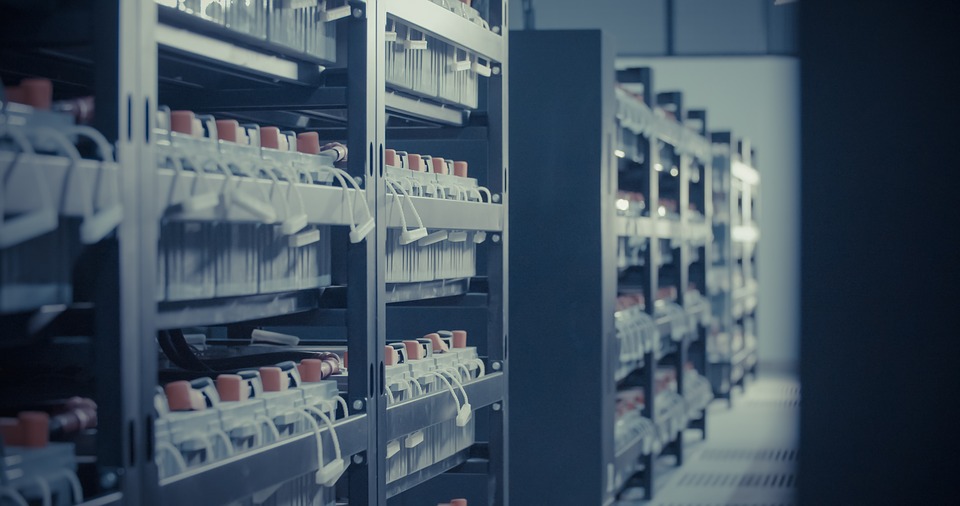Share this
Battery charging regimes
by PowerShield on Jan 31, 2018 12:15:29 PM
This is the third in a series of units that will educate the reader on the part played by a battery in an uninterruptible power supply (UPS) system.
In a previous unit we discussed various stationary lead-acid battery chemistries for UPS applications. In this unit we look at the role of battery charger subsystem. Charging regimes can generally be categorized into two types: intermittent and float
Intermittent charging
IEEE 1881 defines intermittent charging as:
“A non-continuous charging regime, based on
(1) availability of the charging source; or
(2) application of the charge by a permanently powered source.”
Condition #1 above can best be observed in portable devices, such as cell phones and tools, where the battery spends most of its time disconnected from a charger until its state of charge shrinks to the point where the devices must be connected to a charger. A built-in battery monitor, such as in a cell phone, may warn the user that the voltage is getting critically low, at which point the user can physically connect to the battery to a charger and leave it until the battery gets back to 100% of capacity.
Condition #2 represents most stationary applications in which a charger is always available but is basically turned off much of the time. When the stored voltage reaches a lower threshold, the charger automatically kicks in. The battery might never be charged back to 100% of its rated value. The most common applications for intermittent charging are in renewable energy such as wind and solar. When the renewable energy source is available (such as the sun during the day or on a windy day), the battery is charged. At night, or when the wind dies down, energy is pulled back out of the battery. This type of application is known as “cycling service.” Both the battery and the charger must be designed specifically for this type of service.
As early as the 1990’s engineers were looking for a way to utilize intermittent charging for UPS. They observed that lead-acid batteries in cycling applications (i.e., long periods of slow discharge followed by a period of high recharge) seemed to last longer than batteries kept on continuous float charge. The argument in favor was that continuously charging a battery can have a long-term negative effect on the battery leading to reduced lifetime. The idea was that allowing the battery to “rest” and then giving it a charge can help prevent grid corrosion and prolong battery life. However, this is a controversial topic as there is very little scientific test data to support this concept for UPS applications.
The arguments against intermittent charging fall into three camps.
First, allowing the battery to discharge to a low threshold before it is recharged means that the battery is rarely fully charged. What happens if the battery is called upon when it is at its lowest level? The battery would have to be oversized to compensate for the lost minutes.
Second, connecting and disconnecting the charger makes continuous monitoring very difficult, both for the battery and for the charger. Many variations of intermittent charging are in use today. Some let the battery “rest” (or “idle”) for a few hours, whereas others may “rest” for as long as a few days or weeks. Another variation on UPS design deliberately schedules periodic partial discharge-and-recharge on a monthly basis. The actual rate of discharge under a given load is compared to the predicted rate of discharge to calculate the probable life remaining in the battery. Monitoring the state of charge can be very complicated under such a variety of conditions. The ohmic measurement data that is collected will vary depending upon where the battery is in the charge/recharge cycle. For example, is the charger on or off? The ohmic data will vary depending upon how recently the battery has been charged.
One variation of intermittent charging is known as “pulsed charging,” in which the charger switches on and off several times per minute (or per second). The theory is that the amount of time “on charge” can be cut significantly without lowering the actual state of charge. While theoretically feasible, science has yet to validate this claim and, in fact, suggests that pulse charging actually stresses the battery, similar to the damaging effects of ac ripple. We are not aware of any UPS manufacturers using pulse charging today.
Third, the impact on the connected dc load (such as a UPS inverter) must also be considered to ensure that it can tolerate constant swings in available dc voltage.
Another consideration is that some battery manufacturers will not warrant their batteries when they are charged via intermittent charging.
Float service
Float charging (sometimes called trickle charging) is far and away the most common charging regime for stationary UPS applications. The battery spends the majority of the time on float charge with infrequent discharge. A constant-voltage charge is applied to the battery to maintain it in a fully charged condition, while minimizing degradation or water consumption. Unless the UPS is hit with a series of ac power outages in rapid succession, the battery is almost always at 100% of its capacity.
Float charging makes it relatively easy to monitor the state of charge in real time. The monitor can ensure that the voltage being applied to the battery from the charger is appropriate for the charge status. 99% of the time the battery receives minimum voltage; i.e., just enough to keep it fully charged. In the event of a discharge caused by an ac power failure or intentional discharge testing, a higher voltage is applied to bring the battery back to full charge as quickly as possible. The period from the initiation of charging to the onset of gassing is known as “bulk charge,” during which charge is returned to a battery at high efficiency.
Charging a lead-acid battery normally does not generate hydrogen and oxygen gas until the battery nears full charge, typically at about 90% of its capacity. This level is achieved relatively quickly. For example, a battery discharged for ten minutes might be recharged to 90% of capacity in ten times the discharge time, or one hundred minutes (1.6 hours). Because gassing is undesirable, charging voltage is automatically reduced until the battery reaches 100% of capacity. That last ten percent, known as the “finishing rate,” can take as long as twenty-four hours. The rest of the time the battery sits at “float” rate, the lowest voltage.
There are too many variations of these two charging regimes to describe here. For example, some might use constant current charging instead of constant voltage charging (although the latter is the dominant method). Chargers must be able react to irregular conditions, such as thermal runaway or equalizing conditions. These topics can be discussed in future units.
Recommended user actions
Ask the UPS manufacturer:
- What charging method is being used? UPS manufacturers might not always volunteer this information unless asked. If an external monitor expects to see constant float voltage and instead sees lower voltage because the charger is in “rest” mode, it could cause false alarms.
What is the battery warranty? If the battery warranty is not provided by the UPS manufacturer, find out if the battery manufacturer’s warranty is affected. Some battery manufacturers treat intermittent charging as excessive cycling and will void the warranty.
To view the first unit in the series, click here and for the second, click here. If you want to sign up to receive the following units as they are released, sign up to our newsletter here.
Share this
You May Also Like
These Related Stories

Battery configurations in data centers

All things big and small

Speaking the language of batteries
- September 2024 (1)
- December 2021 (2)
- March 2020 (1)
- January 2020 (1)
- December 2019 (1)
- October 2019 (2)
- July 2019 (1)
- May 2019 (2)
- April 2019 (1)
- March 2019 (2)
- January 2019 (1)
- December 2018 (1)
- November 2018 (1)
- August 2018 (3)
- July 2018 (1)
- June 2018 (2)
- May 2018 (2)
- March 2018 (2)
- February 2018 (2)
- January 2018 (1)
- November 2017 (1)
- October 2017 (1)
- August 2017 (3)
- June 2017 (1)
- March 2017 (1)
- November 2016 (1)
- October 2016 (1)
- September 2016 (2)
